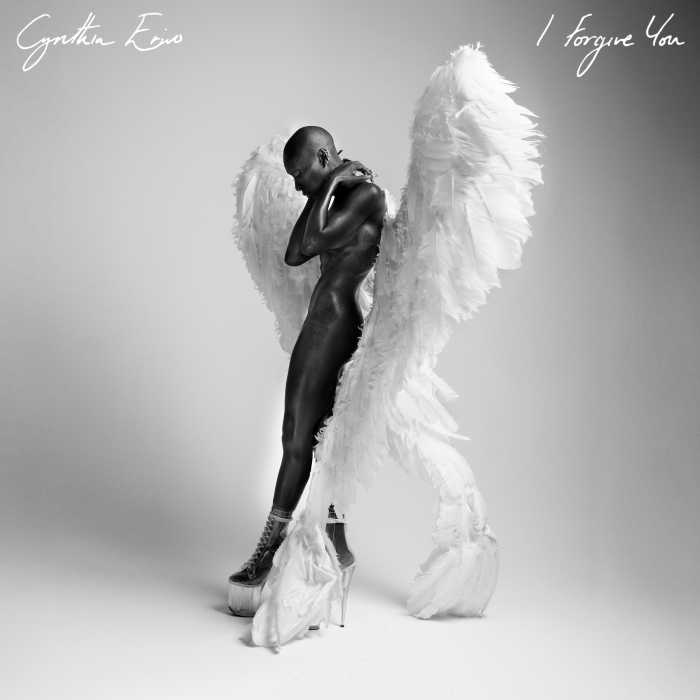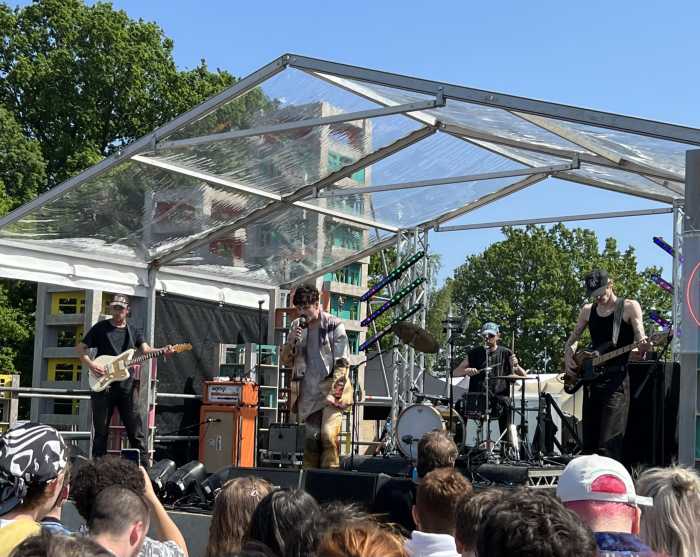Anna Netrebko and Matthew Polenzani in Bartlett Sher’s production of Donizetti’s “L’Elisir d’Amore” at the Met. ? KEN HOWARD/ METROPOLITAN OPERA
The Metropolitan Opera opened its 2012-13 season on September 24 with a new production of Donizetti’s opera buffa“L’Elisir d’Amore,” rather light fare for such an important occasion. Peter Gelb felt the combination of superstar diva Anna Netrebko and his preferred director for Italian comic opera, Bartlett Sher, insured a failsafe formula for success.
Alas, it was not to be.
Outside the opera house, celebrities such as Courtney Love, Cheyenne Jackson, Patrick Stewart, and Diane Von Furstenberg worked the red carpet. Inside the theater, the new sets and costumes looked traditional, opulent, and handsome. The star singers were all in good voice. The orchestra played well.
However, something essential was missing — the comic soul of Donizetti’s opera.
Oddly, “Elisir” triumphed just this past spring in the umpteenth revival of the old, less than beloved John Copley/ Beni Montresor production. Montresor’s cut-out sets in garish Easter egg colors looked faded and tired, and whatever directorial ideas Copley had were long forgotten. However, a superb cast headed by an ebullient Juan Diego Florez, an alternately spiky and sparkling Diana Damrau, the dashing Mariusz Kwiecien, and witty, sly basso buffoAlessandro Corbelli took over this comedy as their own personal playground, singing and acting it for all it was worth. They believed in the heart and humor of their characters as the composer and librettist conceived them.
In the program notes for this season’s new production, we learn that Sher discovered revolutionary themes in this pastoral comedy composed during Italy’s early risorgimento uprisings against the Austrian occupation. Peasant hero Nemorino represents the soul of Italy vying with the militaristic Austrian invader, Corporal Belcore, for possession of Adina, a land-owning beauty. Nemorino somehow is transformed from a “little nobody” illiterate simpleton into a traditional romantic hero — a combination of Ernesto in “Don Pasquale” and Massenet’s Werther. Michael Yeargan’s lavishly detailed architectural sets and the overly elegant costumes by Catherine Zuber were inspired by Luchino Visconti’s lavish period cinematic epics “Senso” and “Il Gattopardo” (“The Leopard”).
The directorial concept looked interesting on paper, and the sets and costumes looked beautiful onstage — like 19th century landscape paintings come to life. How it played is another matter. Librettist Felice Romani faithfully adapted Eugène Scribe’s original libretto for Auber’s “Le Philtre,” which was set in France’s southwestern Basque region. Italian nationalistic politics did not figure at all in the original story and would have been rigorously suppressed by the theatrical censors.
The handsome and educated Nemorino of Sher’s conception, initially seen scribbling a poem in a notebook, was too sophisticated and intelligent to be fooled by Dulcamara and his fraudulent elixir; all his bumbling seemed out of character and the comic irony of a country simpleton turning the tables on his intellectual and social superiors via a phony magic elixir was entirely lost. Rather than an underdog with a hopeless crush, he came across as a viable suitor for Adina — in fact their interaction suggested an established romantic intimacy from the start. A unique comedic character was reduced to a commonplace romantic hero.
As for Belcore as proto-Nazi, this concept simply fell by the wayside as it wasn’t compatible with the libretto or Kwiecien’s sunny, charming stage personality. Belcore’s soldiers pushed around the peasants when they entered in Act I and Belcore slapped Nemorino around rather hard in the Act I finale, but otherwise it was business as usual.
Meanwhile the sets proved cumbersome, competing with or halting the dramatic action, as in the long pause preceding Act I’s second scene. Act II’s set change was done with the curtain up while Adina and Dulcamara were singing the “Quanto Amore! Ed io spietata!” duet. Netrebko and Ambrogio Maestri’s rousing vocals and physical antics competed with barn walls suddenly flying upwards, zombie-like extras pulling fake shrubbery from the wings, and a levitating tree.
Matthew Polenzani has a more beautiful basic sound than Florez — a larger, rounder tone that retains sweetness under pressure. But Florez yielded greater effect from more limited resources, creating vocal excitement. Polenzani is musicianly and correct, but always slightly detached from the role and the audience. He is not a natural stage animal like Rolando Villazon or Florez, and Sher’s direction deprived him of individuality and charm. Still, his “Una Furtiva Lagrima” was one of the most beautiful pieces of pure singing I have heard on the Met stage in many a year — each line floated and shaded with delicate tenderness and care.
Netrebko is a natural stage animal who overpowered the role and her colleagues with her luscious, full-throated sound and dominating personality. Her high-energy personality seemed to be working in a dramatic vacuum.
Maestri brought a high quality Verdian baritone, native diction, and imposing presence to Dulcamara. However the gain in vocal beauty came with a loss of comedic ebullience and spontaneity. We were grateful to be relieved of the traditional buffoshtick, but nothing interesting took its place.
Kwiecien pushed his lyric baritone into dryness and loose vibrato in the upper register. Maurizio Benini’s metronomic conducting had good control of the ensemble but lacked the sprung rhythms and subtle articulation that make the music dance rather than amble along.
The Met's Live in HD presentation of “L'Elisir d'Amor” will be shown in theaters worldwide on October 13 at 12:55 p.m. Eastern time. Hopefully by then the technical issues will be corrected. The dramatic problems, alas, are beyond repair.



































